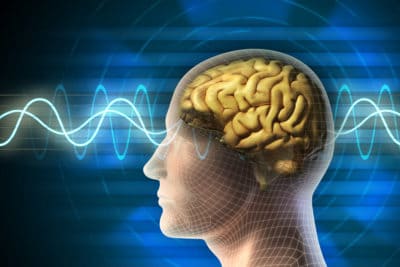Hollywood
The Worst Science-Based Errors In Movies
Do you enjoy watching movies, but sometimes find yourself scratching your head at all of the scientific inaccuracies? If so, you are not alone. Hollywood has a long history of making mistakes when it comes to science-based storylines and visuals.
This blog post will discuss the worst science-based errors in movies, highlighting some of the most egregious oversights that have been made over the years.
From outlandish plot devices to silly special effects, these mistakes have left audiences both perplexed and amused. So let’s dive in and look at the worst science-based errors in movies.
Table of Contents
The Andromeda Strain:
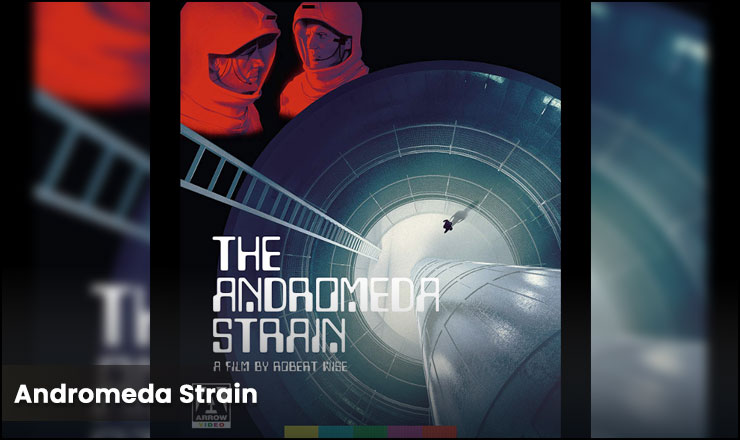
The Andromeda Strain, released in 1971, is a classic science fiction film about a deadly extraterrestrial virus that threatens the world.
However, it also contains some glaring scientific errors, such as the assumption that a single microorganism could cause such a widespread and lethal outbreak.

In reality, this is impossible, as microorganisms typically need the right environment and conditions to thrive. Additionally, the virus in the film cannot be seen with the naked eye, which is also scientifically inaccurate.
Armageddon:
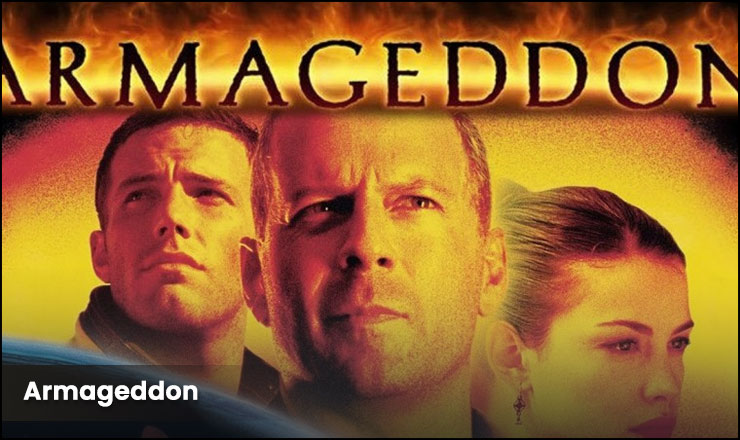
The 1998 disaster film Armageddon features Bruce Willis and an all-star cast on a mission to save the world from a giant asteroid. However, the movie contains several scientific errors that detract from its overall quality.
The most glaring of these is the idea that an asteroid can be destroyed by simply detonating a nuclear bomb on it; in reality, this would only break up the asteroid into smaller fragments and cause more damage than if it were left alone.
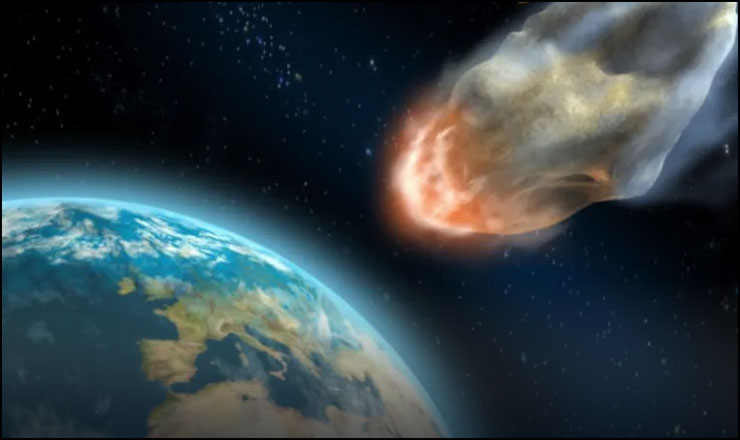
In addition, the concept of drilling into an asteroid to place the bomb is highly improbable, as such an act would require a craft capable of withstanding extreme temperatures and pressures.
Finally, the debris field created by the explosion would have made flying through it impossible for the heroes, rendering their mission pointless.
The Black Hole:
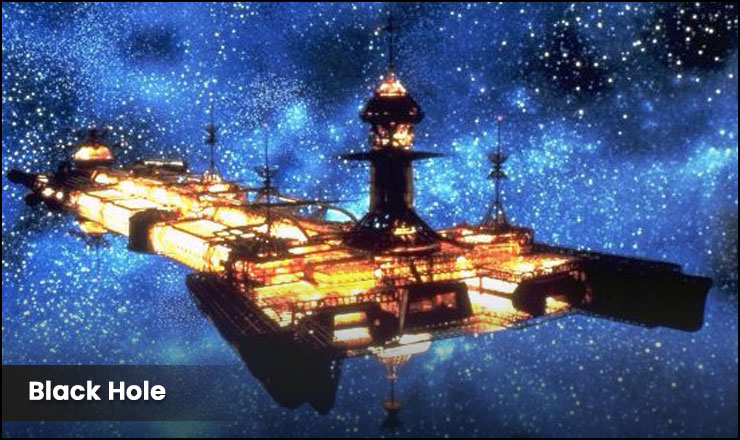
Released in 1979, The Black Hole is a science fiction movie that features some of the most notable inaccuracies in regard to its science-based elements. In the film, a black hole has been created in our solar system, and the characters fly a spaceship into it.
In reality, this would be impossible; not only is a black hole infinitely dense, but it also has a gravitational force strong enough to pull anything in its vicinity into itself.
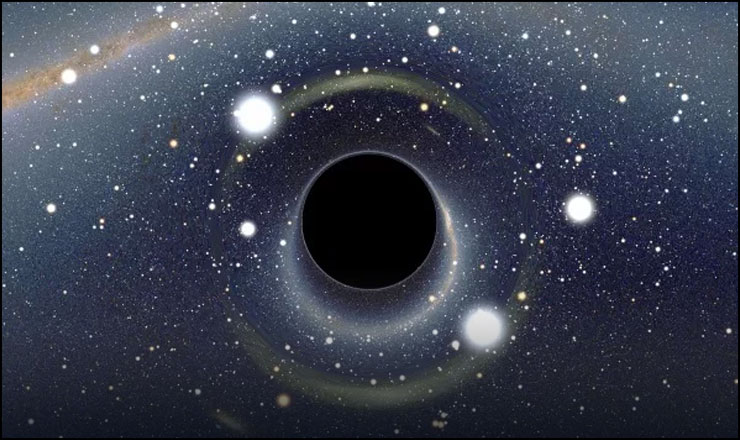
Additionally, objects within a black hole could never escape, no matter how powerful the spaceship engine is.
Ultimately, The Black Hole contains a multitude of scientific inaccuracies that make it one of the worst science-based errors in movies.
The Day After Tomorrow:
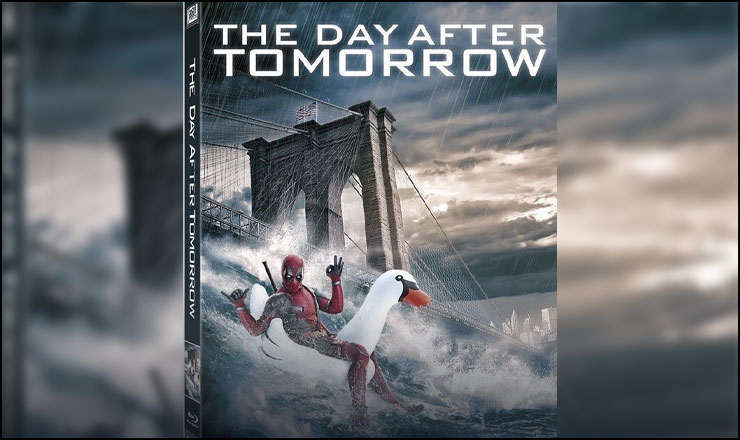
In the 2004 film The Day After Tomorrow, a major global climate change event is caused by a massive global superstorm.
This storm is triggered by the melting of the polar ice caps due to global warming, resulting in a temperature drop that would bring temperatures in New York City down to below 0°F.

While it may have been exciting to see large chunks of ice flying through the air, this scenario is far-fetched and could not happen. In reality, a large temperature drop would take years to occur, not just a few days as seen in the movie.
Deep Impact:
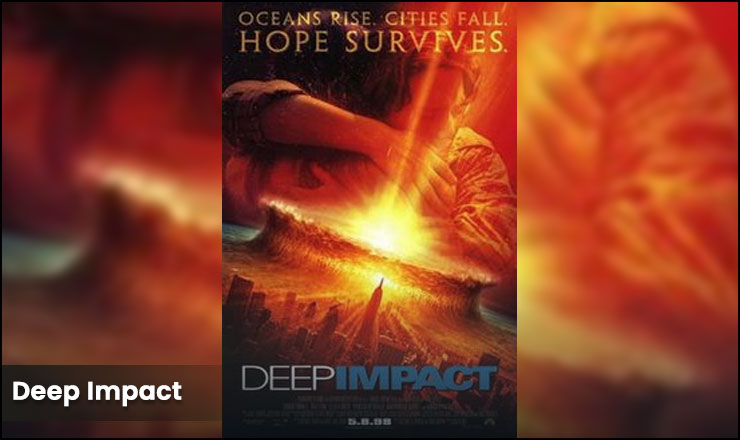
The 1998 disaster film Deep Impact follows a group of astronomers trying to prevent an asteroid from crashing into the Earth. Unfortunately, the film’s depiction of the event is full of scientific inaccuracies.
For starters, the movie shows the asteroid being pulled out of its orbit by a passing comet, something that would be impossible in real life.
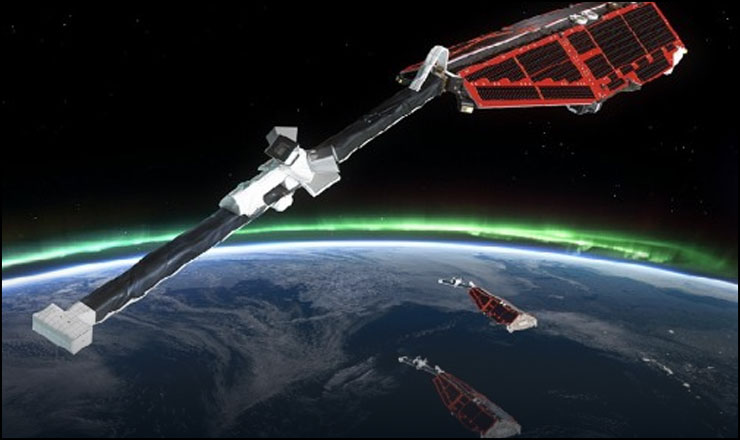
Furthermore, when the astronauts attempt to break up the asteroid, their efforts are thwarted by a mysterious force field around it, another impossibility in the real world.
Finally, when the mission is successful and the asteroid breaks apart, it does so in slow motion—which simply isn’t how things work in space!
Godzilla:
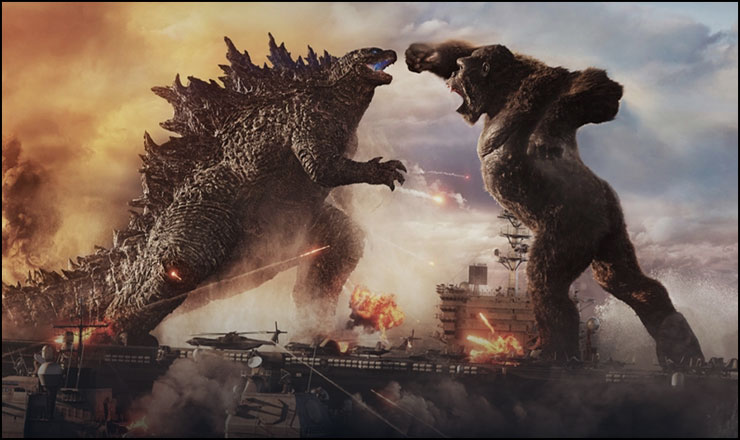
One of the most iconic science-based errors in movies comes from the popular film, Godzilla. While the film has some great visuals and effects, the idea of a giant monster created by atomic radiation is scientifically incorrect.
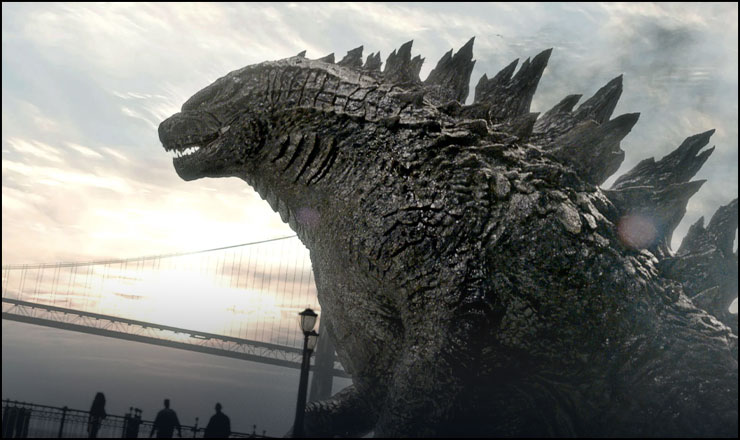
In reality, radiation is actually harmful to living organisms and not the cause of giant monsters. While it may be more entertaining to watch a huge monster ravage a city, the reality of radiation is much less exciting.
Independence Day:
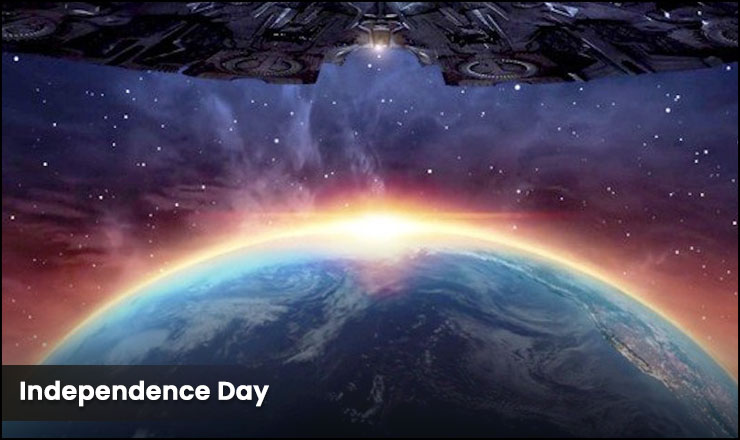
On Independence Day, aliens have mastered interstellar travel in a matter of hours. This is impossible as even traveling at the speed of light would take years to cover the distances between stars.
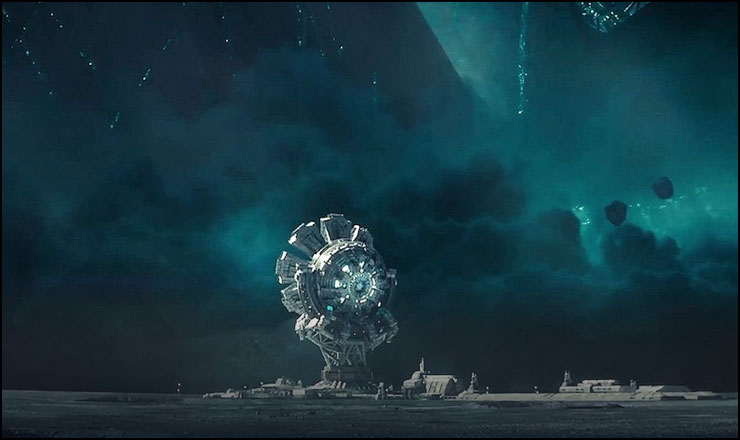
Additionally, the movie features a lot of strange and inaccurate science, such as the claim that a nuclear bomb could destroy an entire planet when in reality it would likely just create a large crater.





